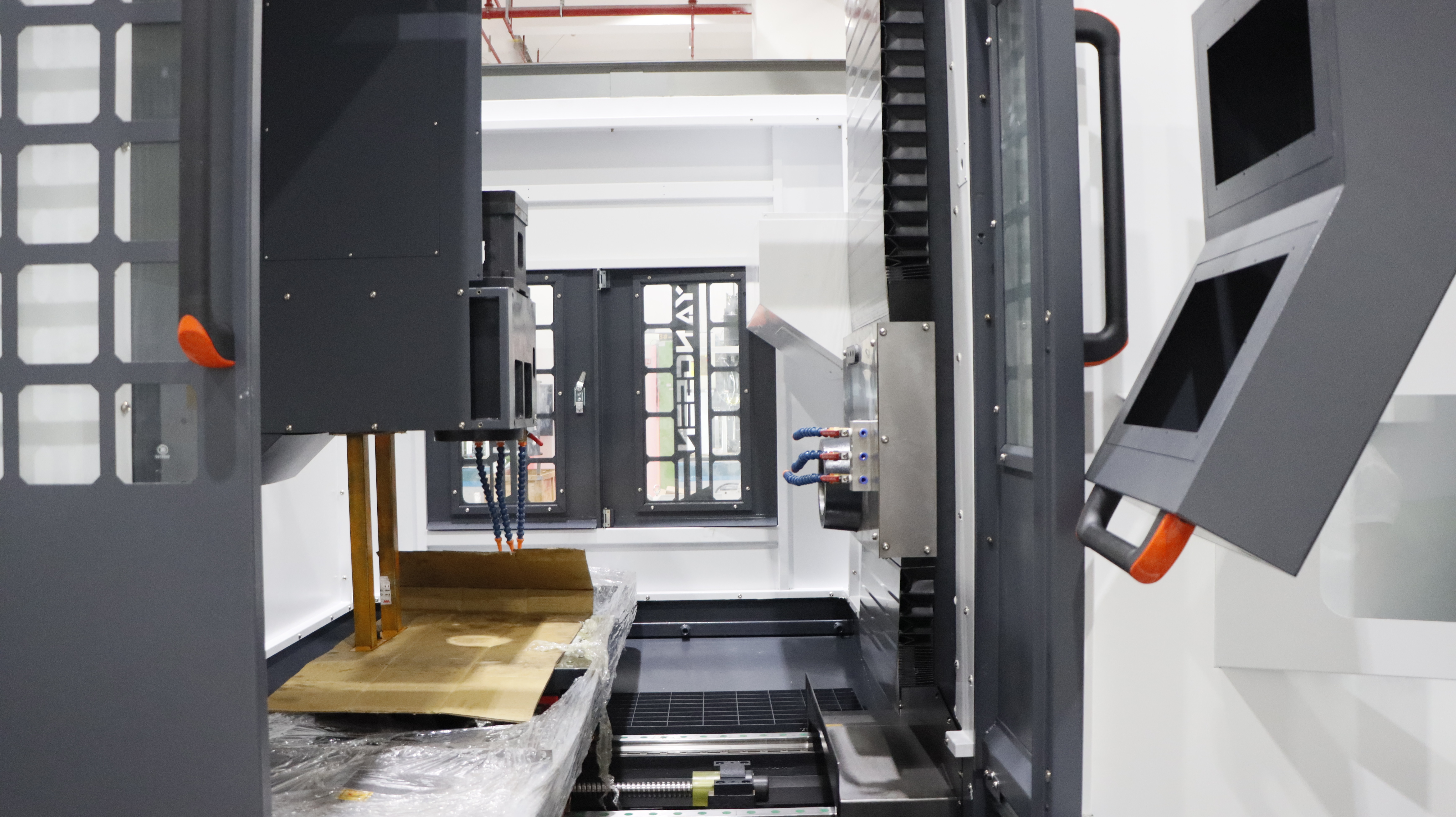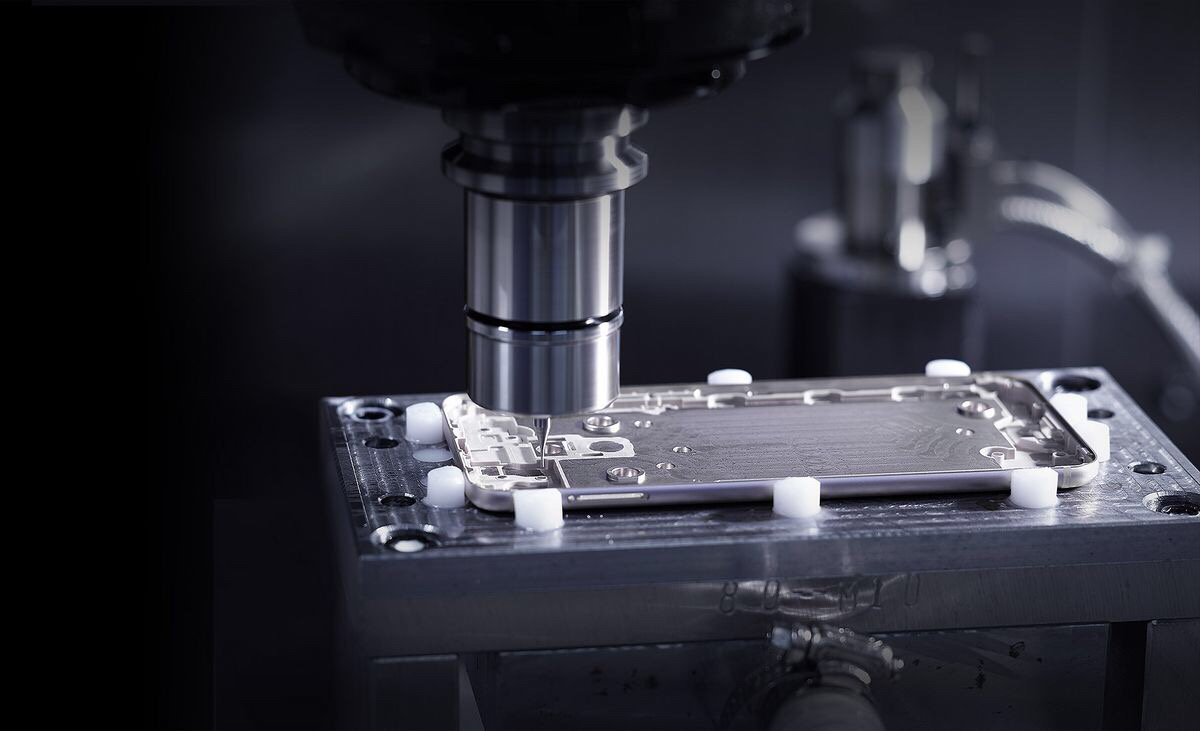News Detail
YangSen offers remarkable products, fast services, and punctual delivery time.
25
2024
-
09
What is the Difference Between 5-Axis, 3+2, and 4+1 Machining
Author:
In CNC machining, selecting the right strategy is essential for optimizing performance and precision. Here, we’ll explore what 5-axis, 3+2, and 4+1 machining are, their working principles, advantages, and limitations.

What is 5-Axis Machining?
Definition: 5-axis machining involves simultaneous movement across five axes (X, Y, Z, A, and B) to create complex parts.
Working Principle: The machine tool can tilt and rotate the workpiece while the tool moves, allowing for intricate shapes and multiple sides to be machined in a single setup.
Advantages:
- Complex Geometry: Ideal for complex parts with intricate features.
- Reduced Setup Time: Minimizes the need for multiple fixtures.
- Improved Accuracy: Less chance of errors from repositioning, ensuring high precision.
Limitations:
- High Cost: More expensive equipment and programming requirements.
- Complex Operation: Requires skilled operators for programming and setup.
What is 3+2 Machining?
Definition: 3+2 machining utilizes three linear axes with two additional rotational axes for positioning.
Working Principle: The tool moves along three axes while the workpiece is positioned using the additional axes, allowing for angled machining.
Advantages:
- Versatility: Suitable for a variety of part shapes without extensive repositioning.
- Reduced Setup Time: Quicker setup compared to traditional methods.
Limitations:
- Limited Capability: Not ideal for highly complex geometries requiring full 5-axis movement.
- Manual Adjustments: Some setup adjustments may still be necessary.
What is 4+1 Machining?
Definition: 4+1 machining involves four axes of movement with a stationary fifth axis for positioning.
Working Principle: The workpiece is held stationary while the tool moves in four axes, allowing for enhanced access to features.
Advantages:
- Improved Access: Better access to complex features without full 5-axis complexity.
- Efficiency: Effective for moderately complex parts needing detailed machining.
Limitations:
- Less Flexibility: Cannot perform all functions of true 5-axis machining.
- Programming Challenges: Requires careful programming to ensure accuracy.

Conclusion
Understanding the differences between 5-axis, 3+2, and 4+1 machining is essential for making informed decisions in manufacturing. Each method has its own advantages and limitations, and the choice will depend on project requirements, complexity, and budget considerations. By selecting the right machining strategy, manufacturers can enhance precision and efficiency in their production processes.


